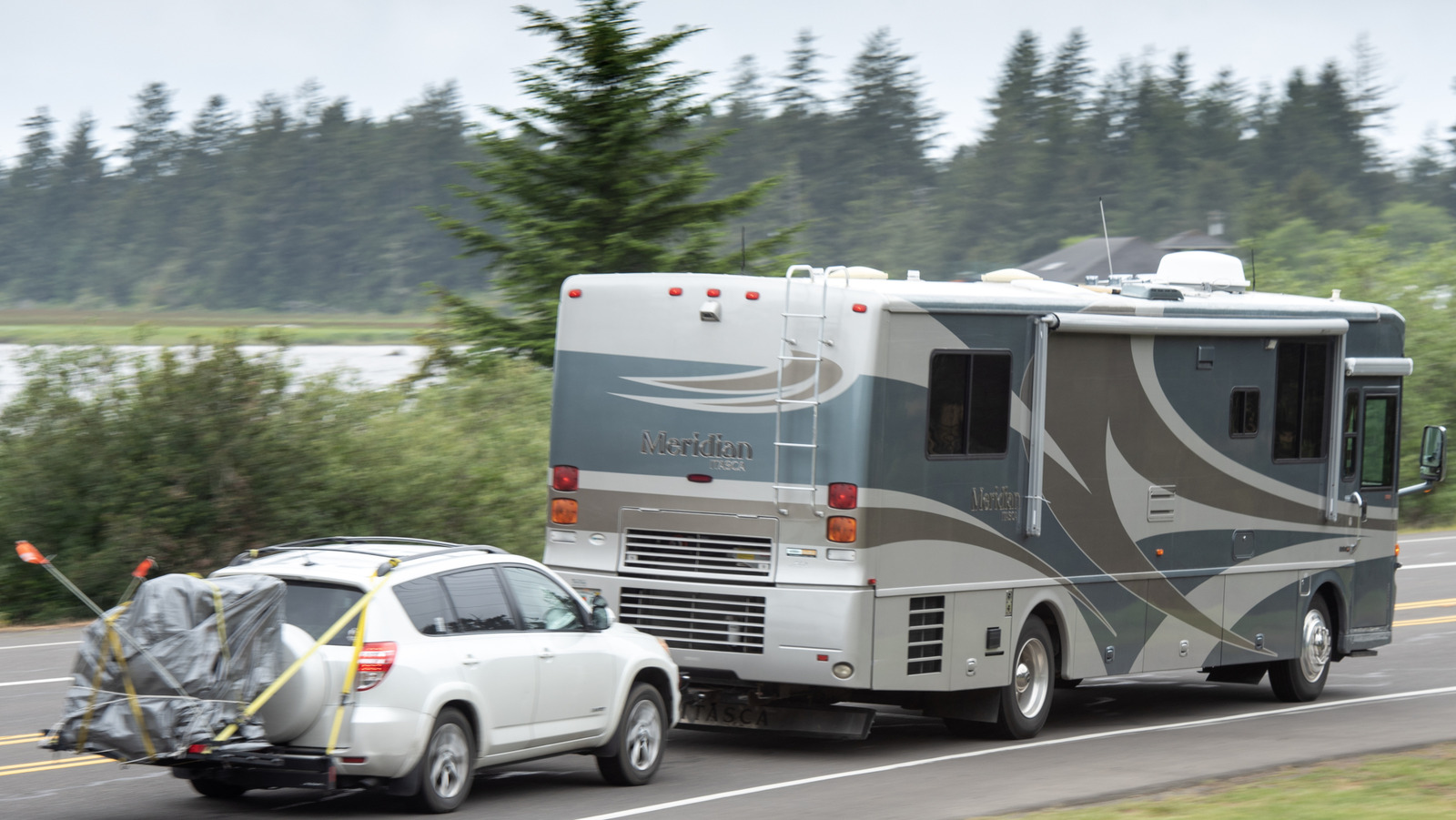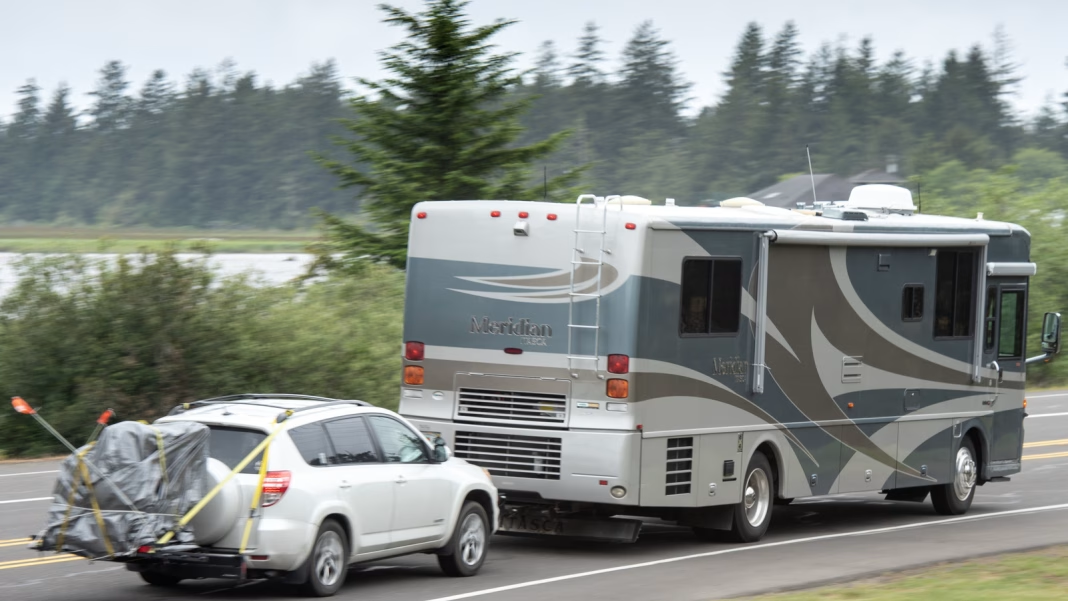Which Towing Method Is Best for Your Car?
So, you’re gearing up for a road trip with your RV and want to bring your car along for the adventure. But before you hitch up, it’s crucial to know there isn’t just one way to tow a car—there are three main methods, and choosing the right one can make all the difference for your vehicle’s safety and your peace of mind.
First, there’s flat towing, also called dinghy towing. This is when all four wheels of your car stay on the ground, rolling behind your RV. It’s simple and quick to hook up, but not every car is built for it. Many modern vehicles—especially those with automatic transmissions or all-wheel drive—can suffer serious damage if towed this way. Always check your owner’s manual or consult your manufacturer before even considering flat towing.
Next up is dolly towing. Here, the front wheels of your car rest on a two-wheel dolly, while the rear wheels roll on the ground. This works well for front-wheel-drive cars and is a popular choice for folks who want to avoid transmission damage. However, it’s not ideal for rear-wheel or all-wheel-drive vehicles, and you’ll need to find a place to store the dolly when you’re not using it.
Finally, there’s trailer towing, where your car sits entirely on a flatbed trailer. This method is the safest for your vehicle, as none of the wheels touch the road. It’s also the most versatile—any car can be towed this way, regardless of drivetrain. The trade-off? Trailers are heavy, bulky, and can be expensive to rent or buy. Plus, maneuvering a long trailer takes some practice.
How Do You Figure Out Your Towing Capacity?
Here’s where things get a bit technical, but stick with me—it’s worth it. Knowing your RV’s towing capacity isn’t just about glancing at a sticker. It’s about understanding a few key numbers: Gross Vehicle Weight Rating (GVWR), Gross Combined Weight Rating (GCWR), and the actual weight of your car and trailer.
Start by checking your RV’s owner’s manual or the manufacturer’s website for the GCWR. This number tells you the maximum weight your RV and everything it’s towing can safely weigh together. Next, subtract your fully loaded RV’s weight (with passengers, fuel, water, and gear) from the GCWR. The result is your maximum allowable towing weight.
Don’t forget the trailer’s weight if you’re using one. It all adds up. And remember, exceeding these ratings isn’t just risky—it can void warranties and, in some cases, even break the law. According to the National Highway Traffic Safety Administration, overloaded vehicles are a leading cause of towing-related accidents. Safety first, always.
What About Brakes, Lights, and Legal Requirements?
Towing isn’t just about hitching up and hitting the road. Most states require that your towed vehicle has working taillights, brake lights, and turn signals. If your car’s lights don’t sync up with your RV, you’ll need a wiring kit or magnetic lights.
Brakes are another biggie. Many states mandate supplemental braking systems for towed vehicles over a certain weight (often around 1,500 pounds). These systems help your RV stop safely and reduce wear on its own brakes. Skipping this step isn’t just dangerous—it could land you a hefty fine if you’re pulled over.
Insurance is worth a quick check, too. Some policies cover your car while it’s being towed, but others don’t. A quick call to your agent can save a lot of headaches down the road.
How Can You Make Towing Safer and Easier?
A little prep goes a long way. Before you tow, double-check tire pressures on both your RV and your car. Underinflated tires are a recipe for disaster at highway speeds.
Balance your load carefully—too much weight in the wrong spot can cause swaying or fishtailing. If you’re using a trailer, make sure the car is centered and secured with quality straps or wheel nets.
Practice makes perfect. If you’re new to towing, spend some time in an empty parking lot getting a feel for turning, backing up, and braking. It’s a different ballgame compared to regular driving, and confidence comes with experience.
What Surprises Do First-Time Towers Encounter?
Even seasoned RVers get caught off guard by the little things. For example, your overall length increases dramatically when you’re towing, which means you’ll need more space to turn and park. Gas stations and drive-thrus can suddenly become tight squeezes.
Fuel economy takes a hit, too. Towing adds weight and wind resistance, so expect to stop for gas more often. And don’t forget about your mirrors—extended side mirrors are a must for keeping an eye on your car and the road behind you.
The Big Takeaway
Towing your car with an RV isn’t about perfection—it’s about smarter adjustments. Start with one change this week, and you’ll likely spot the difference by month’s end. Whether it’s double-checking your towing method, reviewing your weight ratings, or simply practicing your turns, a little extra effort now means a smoother, safer journey ahead.


